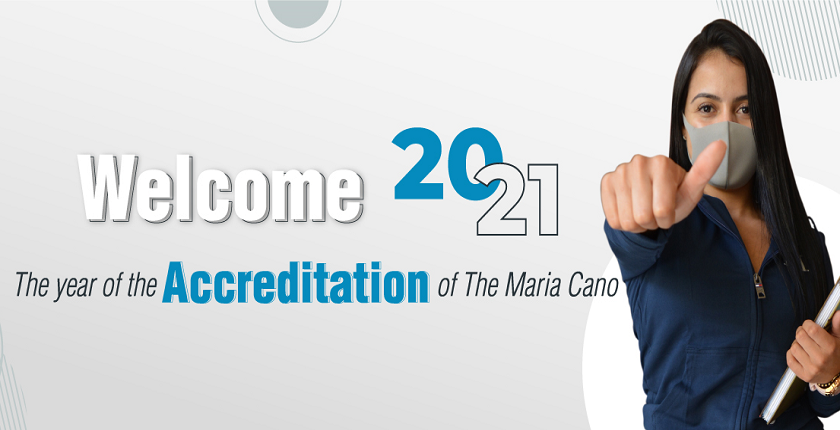Blog
From the Cali headquarters
- 28 junio, 2024

Graduate María Camila Cabrera, with the guidance of research professors Harold Andrés Payán and José Luis Estela Zape, have made a valuable contribution to the discipline through the publication of the scientific article titled «Strategies for weaning and disassembling high-flow nasal cannula in adults» in the prestigious RESPIRAR magazine of the Latin American Thoracic Association (ALAT).
The article focuses on the use of the high-flow nasal cannula, a system that delivers a humidified and heated mixture of air and oxygen, with a flow that can reach up to 70 liters per minute. This device is primarily used in cases of hypoxemic acute respiratory failure and has been shown to be more comfortable and effective in treating hypoxemia compared to traditional oxygen therapy. Although the indications and follow-up strategies are known, the weaning or withdrawal process in clinical practice is not clearly defined.
The research highlights that there are discrepancies regarding the weaning and removal procedure of the high-flow nasal cannula. Most of the studies reviewed suggest first reducing FiO2 gradually (by 5-10%) until reaching between 30-50%, and then decreasing the flow. To remove the cannula, it is recommended to have an FiO2 of 30-50%, a flow of 20-30 liters per minute, a SaO2 greater than 92%, and ensure that the patient has adequate respiratory mechanics and a state of consciousness.
In conclusion, there is no clear consensus in the literature on how to wean or remove the high-flow nasal cannula. Many of the current recommendations come from personal experiences and observational studies conducted by ICU professionals. Most authors suggest gradually reducing FiO2 before flow, while continuously monitoring respiratory mechanics and state of consciousness, ensuring a SaO2 greater than 92% before removing the cannula.
Cooperation between graduates and research teachers is essential to strengthen the dissemination of knowledge and advance scientific research. The collaboration allows graduates to apply their training and fresh perspectives, while teachers contribute their experience and specialized knowledge. Together, they generate relevant research, which translates into publications in high-impact academic journals and the implementation of scientific advances in clinical and educational practice. This type of collaboration enriches the academic heritage and fosters a scientific community committed to continuous improvement and excellence in its areas of study.
To read the publication click here
#MásMaríaCano
